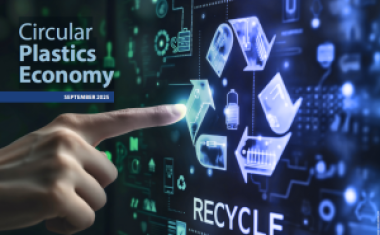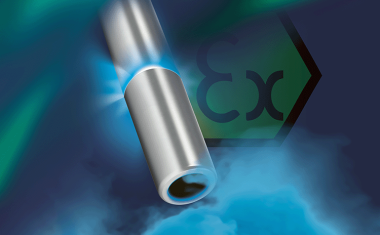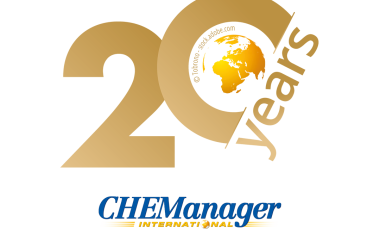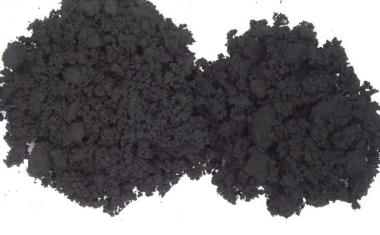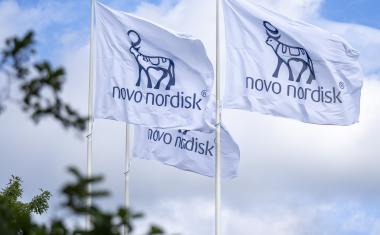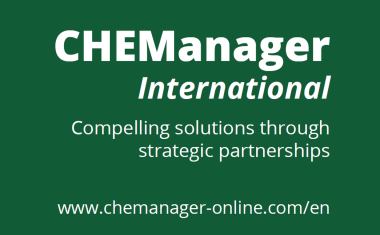EU Chemicals Growth Still Lags, CEFIC Says

Chemical production in the 28 EU member states shrank by 0.7% year-on-year on average in the first four months of 2016 and thus remained 5.9% below the pre-crisis 2008 level, the European Chemical Industry Council, CEFIC, says in its trend report for July. Producer prices sank by 3.8% in the same period.
CEFIC’s look at chemical production sectors shows a differentiated picture, with the most output growth seen for dyes and pigments (up 3.1%), plastics in primary form (up 2.7%) and perfumes and toiletries (up 2.4%). Production of paints and coatings grew 1.3%, synthetic rubber 0.8% and industrial gases 0.7%.
In the negative column, agrochemicals output contracted by 11.2%, other basic inorganics by 2.7%, soaps and detergents by 1.8% and petrochemicals 0.7%. Petrochemicals were hardest hit by negative price movements, declining 8.4% in the year’s first four months. Polymer prices slipped back 2% and specialty chemicals prices decreased by 0.8%. By contrast, prices for consumer chemicals rose 1% year-on-year.
In the first quarter, CEFIC said, stagnant production levels and declining prices began to impact sales across the EU. The chemical industry’s total sales in the first three months were down 3.1% year-on-year and down nearly 5% in the single market. Chemical consumption in the 28 countries was down 3.6%.
Nevertheless, EU-based chemical producers maintained a €9.8 billion trade surplus in the first up 0.3% on the 2015 quarter. This was thanks mostly to brisk business with countries on the single market’s periphery such as Russia, Turkey and Switzerland, where the surplus came to €2.6 billion. Much of the gains resulted from a fall of 19% (€405 million) in Russian imports. At the same time EU exports to Russia fell by 6.7% (€129 million).
The EU’s chemical industry still faced a trade deficit of €578 million with South Korea, Japan and India in the year’s first three months. Altogether, however, it maintained a trade surplus with Asia – excluding Japan and China – totaling €1.78 billion, a gain of €149 million. The EU’s net chemical trade balance with China widened by €117 million, while its chemicals trade surplus with the US narrowed by €0.43 billion to €1.07 billion, possibly in part reflecting currency movements.
Direct employment in the chemicals sector in the first quarter was flat at 1.17 billion and was thus still 9% below the peak level reached in the 2007 third quarter.
For 2016 and 2017, CEFIC said it sees “no significant acceleration” of chemical production growth in the EU, as positive impulses from “robust domestic demand” will be countered by the weak global environment. However, it said some impetus for chemical demand should come from the construction industry, which is profiting from improved financing conditions as well as robust demand.
Looking at 2017 separately, CEFIC said manufacturing could slow slightly as the European automotive industry cycle cools, but construction should remain robust, due to infrastructure investments and an overhang of demand in the residential markets.
Demand from outside Europe, the federation said, is expected to improve slightly as global commodity prices are stabilizing and lending a boost to global commodity exporters such as Russia, South America, Africa and the Middle East.

